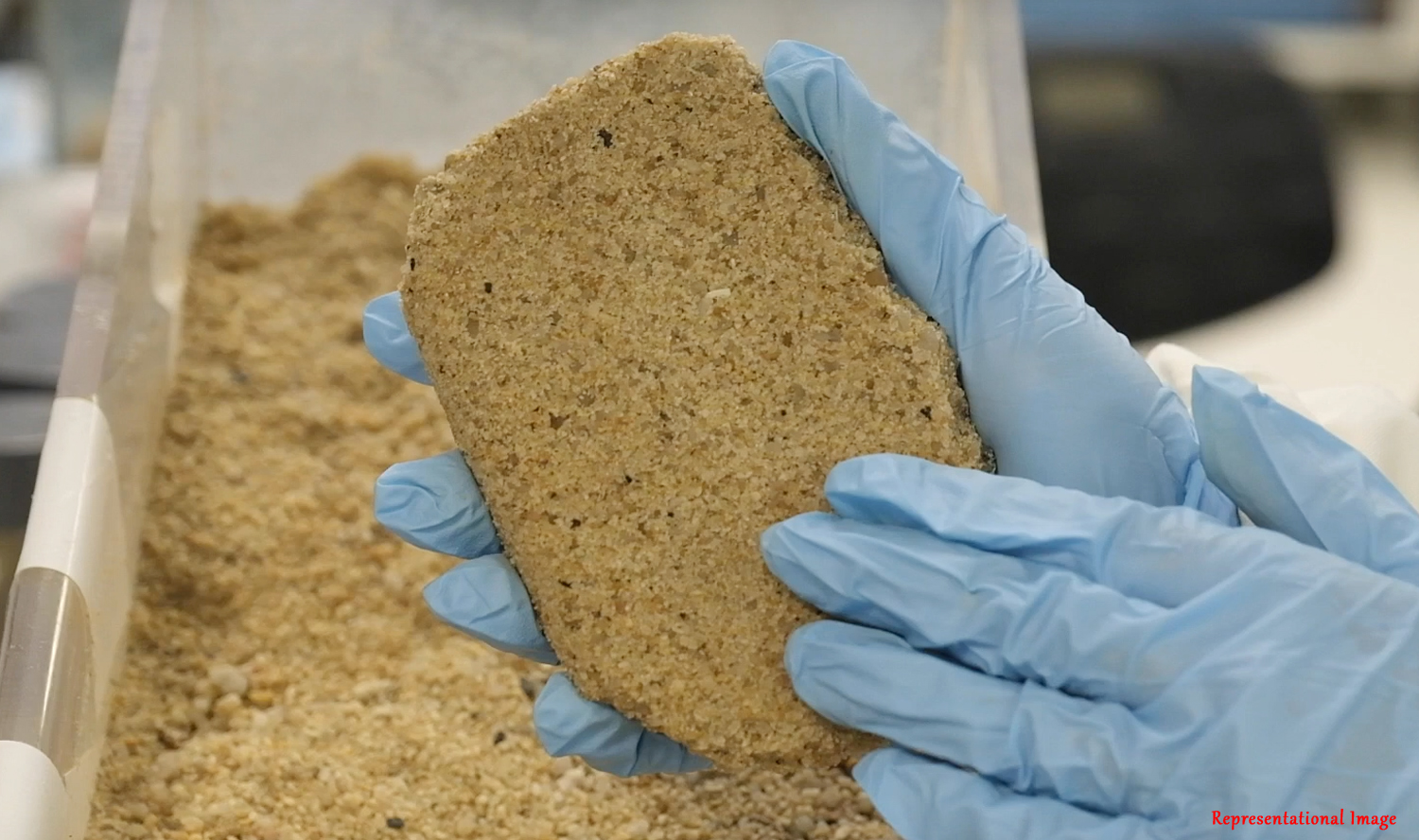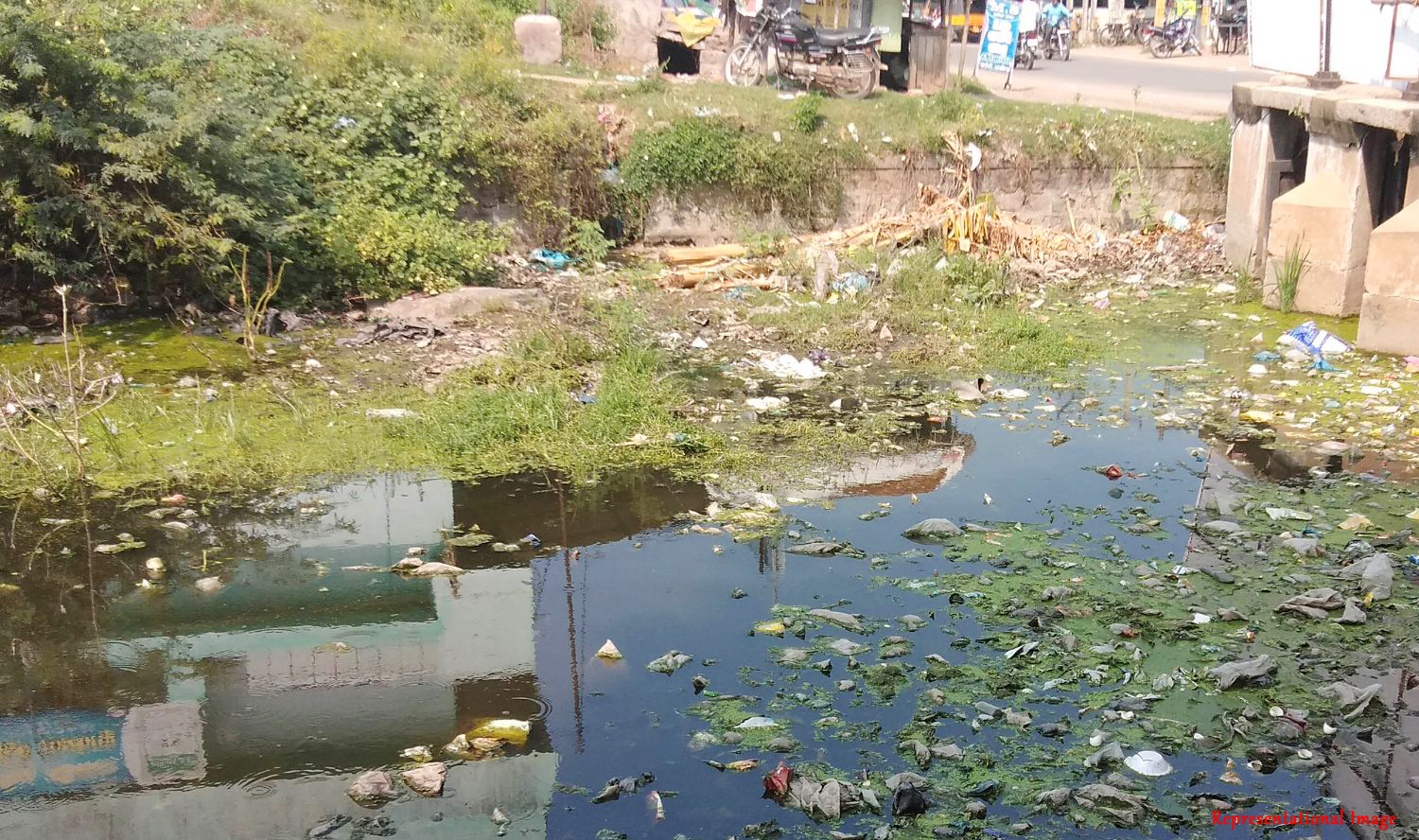
Ignition Casino has emerged as a popular choice among online gaming enthusiasts, thanks to its extensive selection of games and user-friendly interface. Players can enjoy a myriad of options, from classic table games to a wide array of slot machines, catering to all preferences. The casino also offers enticing bonuses and promotions, making it appealing for both new and returning players.
One of the standout features of Ignition Casino is its poker room, which hosts regular tournaments and cash games, providing a vibrant social atmosphere for players. The site prioritizes security and anonymity, ensuring that players can enjoy their gaming experience safely.
For gamblers seeking a seamless online experience, Ignition Casino doesn’t disappoint. It’s important to stay informed about the latest in gaming and healthcare, which is why you might find valuable insights at this link: https://fiercehealthpayer.com/. With excellent customer support and a commitment to responsible gaming, Ignition Casino remains a top contender in the online gambling landscape. Whether you are a casual player or a high roller, there’s something for everyone to enjoy.
Deteriorating air quality is a prime concern for the nation as the poisonous gases in the air were the reason behind 12.5% of total deaths in the year 2017 in India. As per the reports of the World Health Organization, India has 14 out of 15 most polluted cities in the world in terms of PM2.5 concentrations which calls for immediate actions on curbing air pollution. One of the prime contributors to air pollution is vehicular emissions apart from industries and power plants. Over the last decades, there has been a tremendous increase in the sale of vehicles which has added significantly to the rising air pollution.
Vehicles on the road have to conform to the Bharat gas emission norms which are generally calculated using a standard driving cycle. However, the vehicles on the Indian roads seldom follow a standard driving cycle due to traffic conditions. As the emissions from the vehicles are dependent on speed and acceleration which keep varying on the road, it is important that the emission measurements of the vehicles are done on the road in traffic conditions and not on standard driving cycles. This will enable us to profile the emission quantities of respective vehicles on the road so that regulatory authorities can better understand the impact of a particular vehicle on air quality.
“The emission rates are different in laboratory or standard conditions than on roads and therefore it is essential that real-world emission from vehicles are input to the policymaking on vehicular pollution,” says Dr. S.M. Shiva Nagendra, Professor at IIT Madras and the author of the study.
Now, a team of researchers from IIT-Madras has performed analysed the on-road emission profile of motorbikes in Chennai. Although motorbikes comparatively emit less pollutants than the cars and other heavy vehicles, the researchers chose to study emissions from motorbikes due to their huge number on Indian roads and lack of real emission studies on those. The bikes are higher in number as they are easy to ride in traffic conditions and are the cheaper options at places where the public transportation infrastructure is not well developed.
For this study, the researchers studied four types of bikes of varying strokes, engine size following separate Bharat emission standard norms i.e. MC1 (2 Stroke, 70 cm3 engine size, BS-II standard), MC2 (4 Stroke, 100 cm3 engine size, BSII standard), MC3 (4 Stroke, 109 cm3 engine size, BSIII standard), MC4 (4 Stroke, 124 cm3 engine size, BSIII standard). They rode these bikes on the four roads around the IIT Madras campus, i.e. Sardar Patel Road in the North, Velachery Road in the West, Tharamani Road in the South, and IT corridor in the East. To measure the emissions, the scientists kept a bag comprising of the gas analyser, GPS device, laptop computer and a portable battery on the back seat of the bike. A probe was inserted in the tailpipe of the bike so that carbon monoxide (CO), hydrocarbons (HC), and nitric oxide (NO) emissions releasing from the bike can be analysed. Each motorcycle was run twice on the test route, thus covering a distance of about 28 km on the same fuel for the study.
The researchers found that the real-world emission factors of CO, HC, and Nowere 3.18 times, 3.37 times, and 1.6 times, respectively, as observed in the study. Specifically, emission rates of CO for MC 1, MC 2, MC 3, and MC 4 were approximately 12 times, 3 times, 10 times, and 6 times, respectively. In each of the cases, the emission rates were above therespective BS emission standard values.
“The work done on real-time emission monitoring of pollutants from motorcycles by Prof. Nagendra and his teamis praiseworthy as it gives a lot of insight about emission characteristics from two-wheelers. As in India, approximately 70 % of vehicles are twowheelers, this data will be extremely useful in controlling air pollution and improving air quality in India in general and Delhi NCR in particular. Further, this data is also useful for updating the emission factor for three-wheelers,” says Dr. B Sengupta, Former Member Secretary, Central Pollution Control Board while commenting on the study.
Further, Prof. Shiva Nagendra and his team are now working to analyze the real word emissions from different types of vehicles such as buses/trucks, cars (petrol / diesel), autorickshaws and motorbikes in Delhi city as part of the ongoing research project.
The research team led by Prof.S.M. Shiva Nagendra comprises of Srinath Mahesh and Prof. Gitakrishnan Ramadurai from IIT Madras. The research findings are published in the journal Transportation Research Part D.
Article by Aditi Jain
Article: https://www.sciencedirect.com/science/article/pii/S1361920919306704










